Thanks to Park Seed for partnering with me on this post. As always, all words, thoughts and vegetable opinions are my own.
There are gardeners who have spreadsheets and schedules that tell them exactly what seeds they should be starting when. Those same gardeners undoubtedly started seeds for fall sowing under lights probably a few weeks ago.
I am not that gardener. Don’t get me wrong, I’d like to be, but the fact is that at this time of year I’m too busy enjoying summer to be organized enough to plan for fall. But I’m also guilt-ridden by seeing bare soil in the vegetable garden where something could be growing.
And that’s where direct sowing—planting seeds directly into the garden—comes in to save the day. And even here in my zone 5 garden, there’s still time to plant some crops for a fall harvest.
When it comes to growing late season vegetables, the main thing I look for when choosing varieties is the time to harvest. Whatever you grow will be significantly tastier than anything you’d buy in the store, so the key is to just grow something.
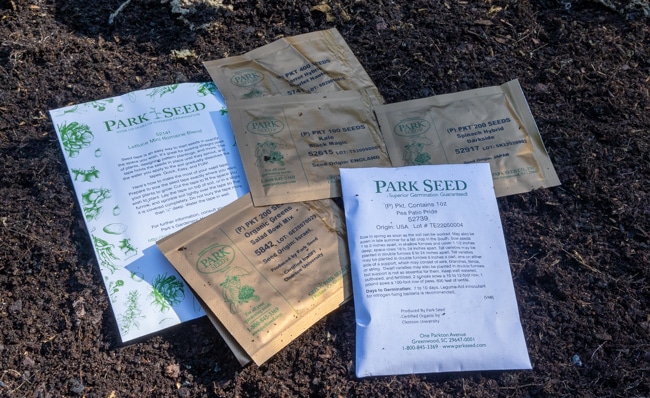
At the top of my must-grow list is lettuce, which I still consider my favorite vegetable to grow as it is so easy, so cheap and so much better than store-bought. Lettuce definitely prefers cooler temperatures, so it is perfect for planting now. I’ll be growing a lot of Salad Bowl Mix, as it is easy to sow around other crops or in any available spot in the garden. Heading lettuces typically take a bit longer to harvest (although to be clear, you can eat heading lettuce before it makes a nice head and it will still taste great), but there should still be time to harvest Mini Romaine. I bought it as a seed tape so no thinning is necessary, a job that I know I’m bound to forget in the early fall hubbub.
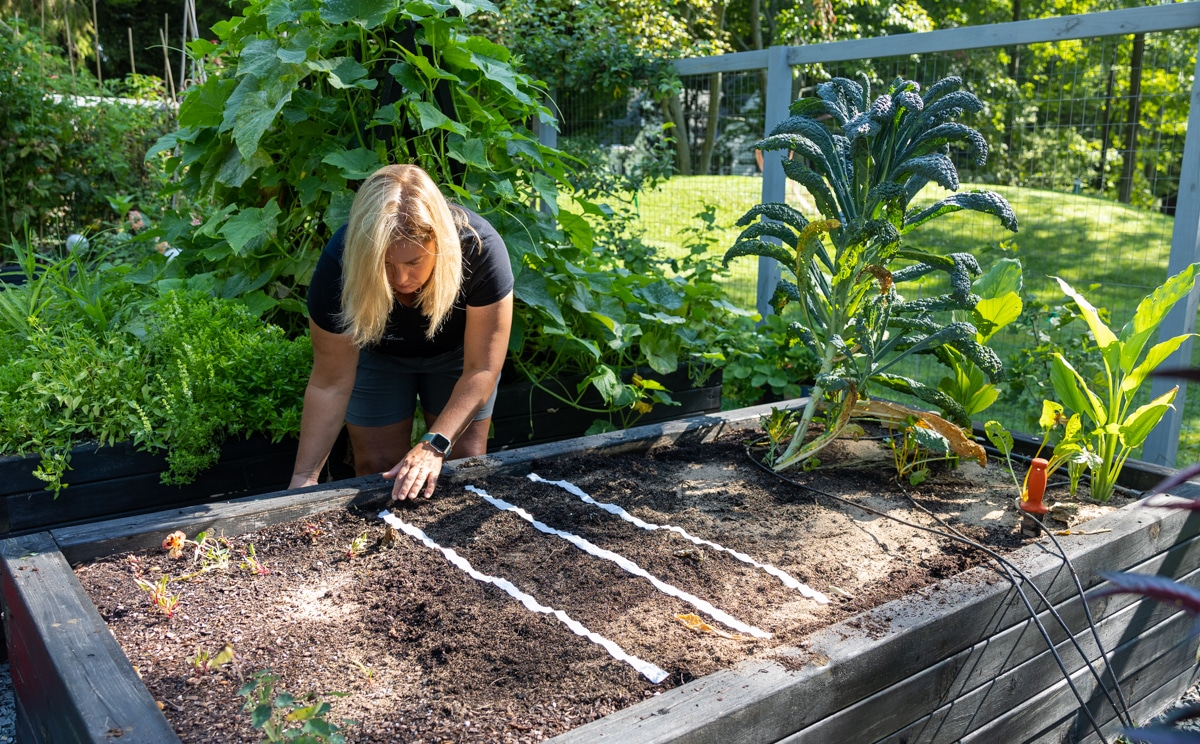
Whether planting seed or convenient seed tape, lettuce couldn’t be easier: just sow thinly and cover with just a dusting of soil. Moisture is key for germination, so it’s important to keep the soil consistently moist until it gets a good start.
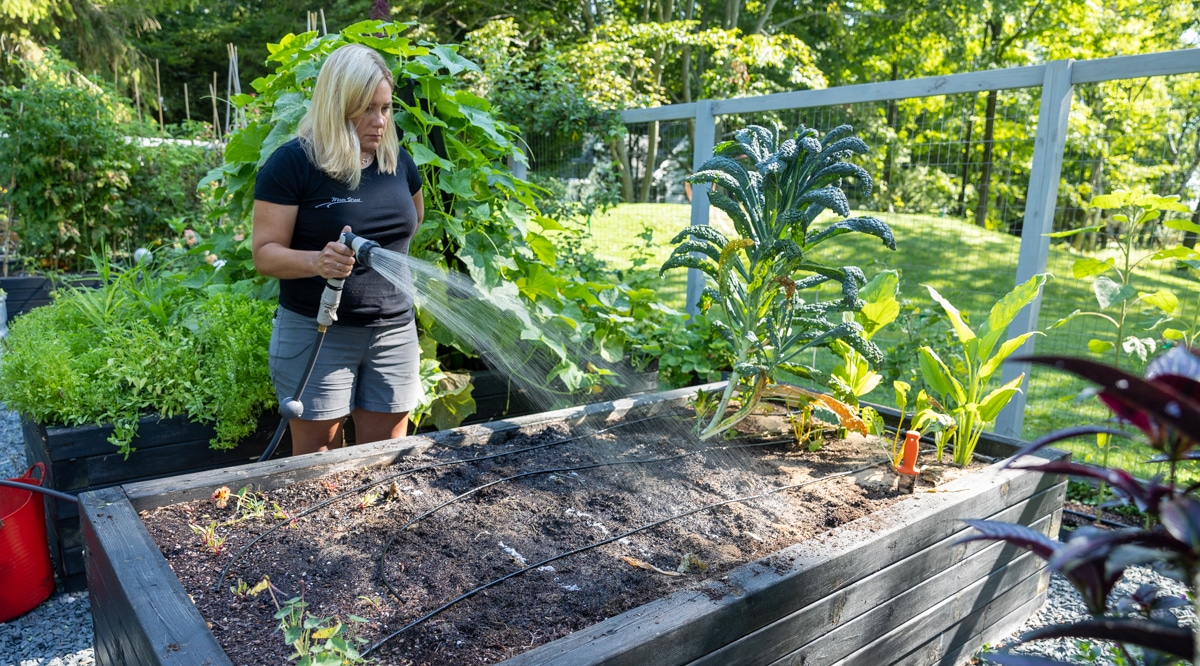
Other greens are also great for cool-season growing, including Darkside Hybrid Spinach (ready for harvest in just 25 to 30 days) and Black Magic kale, which really might be the perfect kale. I’m still eating the last bits of the spring-planted kale, but some fresh new plants will be a delicious treat. And kale not only withstands a frost, it tastes better after one.

Carrots love a bit of cold as well and can be picked at any stage (just don’t let them get too big). Choosing a variety was easy: I just picked the quickest to mature that I could find: Scarlet Nantes at 62 days to maturity.
The last of my late-season crops is one I have been sleeping on for years: peas. I never even thought to grow them in fall until a few years ago and it turns out I often get better harvests in fall than spring. Again I went for the quickest maturing: Patio Pride, a variety that’s great for containers but works well growing anywhere.
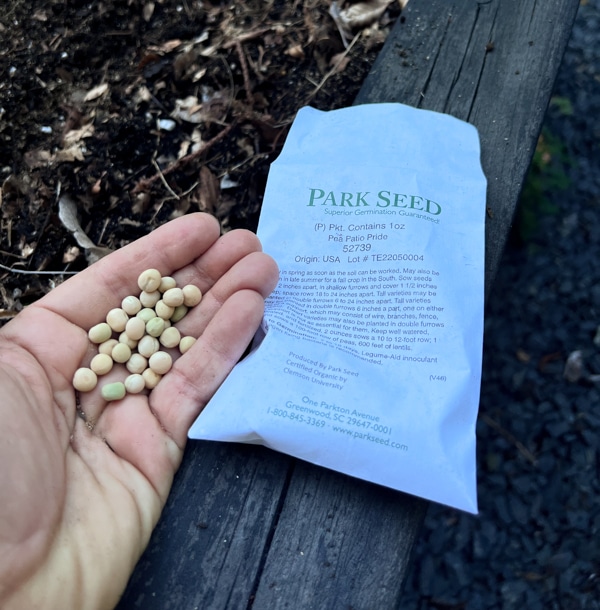
As space in the garden opens up—perhaps when the cucumbers and beans are finished—I’ll sow more seeds, particularly of the quickest-growing vegetables. For now, I’ve tucked them in everywhere, including between the onions that have just a little bit of growing left to do.
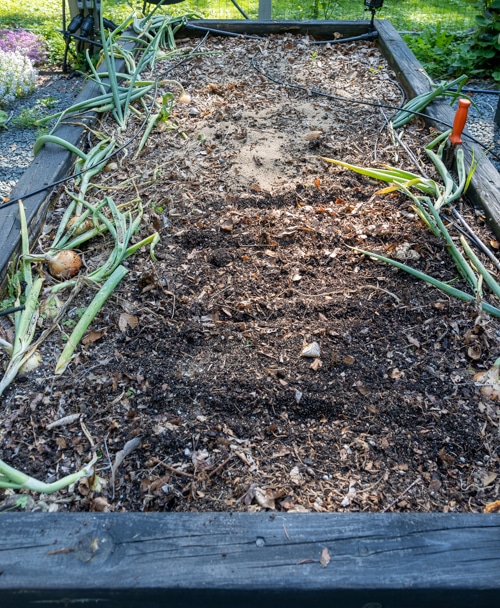
Direct sowing several kinds of seeds took very little time, and any times spent tending them will be well worth it in a couple months when I’m still enjoying the harvest from the vegetable garden.


12 Responses
You have written a great article. It’s very interesting to read this. But why not write an article on “How To Choose The Best Landscaping Contracting Company”, since you are a good writer. I want to read your article on this niche. It will help those who want to find expert landscape Contractor for make their home more beautiful.
Love yer idea of doing peas in the fall! Really fun video today and the arrangement was fab!
Thanks, Laura!
I need to do this, you keep saying greens are so much tastier home grown…I have small garden, but would like to try!
Yes, do! You can even do greens in any old container you might have around. They aren’t fussy.
great ideal! i will plant some this week. I love radishes!! what brand of nozzle is on your hose in the pix? mine have not lasted from year to year. Thanks!!
I planted carrot, beets and lettuce but I have never thought of peas. And I should as they bolt so quickly in the spring. Maybe they would do better this time of year. Thank you. Happy Gardening.
I planted lettuce and spinach seeds about 2 weeks ago, in a pot where I’d removed annuals, and none of them came up! I need to remember to plant some more. I also planted broccoli, and the little leaves were immediately eaten, probably by bugs. My fall season beets are looking good though –I didn’t get any in spring because of our crazy temps (I’m on the IL/WI border), so I’m hoping for a decent crop this fall.
On another note –I just planted a new clematis today, that I ordered from Brushwood Nursery after you recommended them. It was packaged so well! I ordered perennials from Proven Winners earlier this summer, and they were so poorly packed that the plants were in terrible shape when they arrived, so I was really appreciative of the care taken by Brushwood!
I just planted carrots, lettuce, peas and dill today. I would like to be successful with the peas and hoping fall will be a better time for me here in the south. I’m going to try and plant sweet peas in fall as well. Lord know they hate me in the spring.
Yes, I think in the south you’ll probably have a better chance with sweet peas in the fall. They might not bloom until very early spring but hopefully you’ll get flowers before it gets too hot.
I just pulled my carrots out today that were too close together and replanted them farther apart. I seem to remember doing this before but I don’t remember if it was successful. I’ll be planting some more seeds this weekend!
did you plant carrots? mine were so sad/small this year :”(